
Source: http://www.socialmediatoday.com
INSPIRATION AND LEARNING
Let’s begin where the art of writing begins—with the inspiration to do it.
Call yourself a writer. Say it. I’m a writer. Write it. Believe it. Writers are not special. No one is born a writer. You become a writer by claiming to be one. Resource: If you think you can't write, you're wrong. Read. You need to read. Everyday.
Read the work of writers you enjoy and admire. Read about writing. And read a bit of this, that and everything. To become a great copywriter is to skillfully synthesize a variety of genres.
Take courses. Find some teachers online or anywhere and soak up their lessons. Place learning new things atop your priority list every day going forward.
Copy stuff. This surprising form of training is recommended often. Find work you wish you wrote and start typing it. It’ll get you thinking about what makes for good writing. Oddly, it’ll even help you develop your own style.
Keep a journal. Journaling not only forces you to write, it gives you a place to capture your ideas.
Write. Writers write. It doesn’t matter if you suck or think you suck, you have to practice. Keep practicing and you won’t suck for long.
RESEARCH
Writing and research go hand in hand. You might think research will be a drag. Trust me, your position on this will change. In fact, research might become your favorite part of the job.
Create a list of questions. Give your research a sense of purpose with a list of items you want to know more about. Listen. Listen means read, observe, dig, and well, listen. Go where the conversations on your topic are happening and take it all in. Social media is the greatest form of marketing research ever.
Tune into experts. Find out who knows the turf best and pick their brains. Get quotes. Take notes. Make new friends.
GETTING ORGANIZED & GETTING STARTED
The hardest part of anything is getting started. Copywriting is certainly no exception. These ideas should help get you going. Traction is everything.
Describe your reader. Do you know whom you’re talking to? Can you describe that person in detail? If you don’t know precisely how you can help them, you can’t.
Review your point of view. Crawl inside the mind of your reader now. Feel what they feel. Look at the world from their point of view and get ready to relate.
Develop your value proposition. Be ready to answer two or three whys in a row so you can articulate precisely how you can deliver life-changing value.
Make a list. Outlines are helpful. List the points you need to cover and ideas you want to convey. Any order will do.
Prioritize. Now order your messages in inverted pyramid style. Stack the musts on top. Follow with detail in order of importance. Fill out the bottom with background information. If you need to cut later, you do so from the bottom up.
Write in your head. Take your eyes off that spooky blank screen. Get away from it and think through your story before you start tapping keys. I like to walk, drive or shower.
Write the easy part. What’s slowing you down? The headline? The lead? Skip the hard part. Gain some steam by knocking out the easy parts first.
Barf. Perfection paralysis sets in when you try to edit one sentence at a time. Allow your first draft to be rough or just plain suck. Barf words on the page. You’ll clean it up later.
Write to a friend. Are you coming across kind of stiff? Relax. Envision you’re sharing your story with a good friend. Start injecting some you.
Assemble as needed. Copywriting legend Eugene Schwartz wrote, “Copy is not written. Copy is assembled.” Get the pieces on the page and tinker with them.
HEADLINES
The job of the headline is to get the next line read. It’s the most important line you’ll write—the one sure to get read. If it’s not strong, it’s the only line that gets read. There’s no reason to apologize for spending big chunks of time on your headline. Your success depends on it.
Uncover the benefit. Here’s a classic smart starter. Write “How to ___ .” Now fill in the blank. You have your first headline. If you can’t improve it, you have your final headline. There’s a reason the “how to” is the most used technique of all. It works.
Study magazine covers. Cosmopolitan or any popular magazine is a headline writing treasure trove. The world’s best writers pen the teaser headlines all over the front cover so you’ll toss that baby down on the check stand. Notice how they shamelessly repeat the same tricks. You want these can’t miss headline templates in your trick bag too.
Ask a question. Want to get people to keep reading? Ask a provocative, on-topic, curiosity-inducing question. You create an itch. Guess what happens next?
State a problem. Tell the reader what their problem is. Make it sting. Those that suffer are sure to stick around for the solution.
Address time. Who doesn’t want to know how to use their time more wisely? No answer’s necessary. Try speaking to your reader’s most precious commodity.
Use a number. 100,000,000 headlines can’t be wrong. Us humans crave lists.
Take a contrarian stance. Here’s the yang to your “how to” ying. Dangers, mistakes, misconceptions, don’ts… You can’t go wrong warning a reader they’re doing wrong.
Convey a sense of belonging. Here’s your classic home page headline or book title. Write a headline assuring the reader they’re right where they need to be.
Inspire. Promising a successful outcome is a very powerful headline tactic.
Write a lot of headlines. Try every idea here and more. A strong headline writing exercise should be a big brain dump. Make a generous list. Reduce. Refine.
Resource: Headline writing cheat sheet
LEADS
Leads are your first sentence or paragraph. We’ll say it’s your first “passage.” And it should give your reader passage into the copy that follows. For this reason, you’ll find the tips overlap a bit with headline writing, but understand, you have the option to use more words to make your case.
Open with empathy. Put your reader in the story. Show your reader you get them from the get go. Visualize the reader’s head nodding and the gears inside thinking, “Yes. This is a very real challenge in my life. I’m with you.”
Create curiosity. Again, here’s the itch at work. You can create curiosity with a question or a quick story. You might make a bold statement. Create a little tension by introducing some conflict and hint at the solution to come.
Make a promise. This one’s your straightforward, but effective, introduction. Tell the reader exactly what will follow or what to expect—a promise to deliver.
Amplify the problem. If your headline introduced a problem, you might amplify it in your lead with some specifics or an example. Twist the knife, if you will.
Use a quote. You can set the stage fast with a relevant quote or an itty bitty anecdote.
Surprise your reader. Come out of the gate with a shocker of sorts. Be bold, controversial or surprising.
Set the tone. You’ll create anticipation by making it clear where you’re going. Will your piece be a problem/solution? Narrative? Opinion? Research? Lay it out there.
Slash the warm-up. Often, when done, you’ll find your second paragraph gets to the point better than your first. Copywriters tend to crawl into the piece unintentionally in the first version of the first paragraph. If so, nix it.
Write your lead last. Writing leads can be a bitch. Skip it. Write your copy then come back to the lead. It may become much clearer where to begin.
CONTENT
It’s often said copy writing is selling and content writing is teaching. Maybe so, but we’re going to set the distinction aside here and focus on engagement and the art of persuasion common to the various styles of marketing copy you write.
Be clear. A specific word or phrase led your reader to your page. Connect the “before” with the “now” by restating it. Don’t allow cleverness to trump clarity.
Focus on reader. The reader isn’t just who you’re writing to. He or she is what you’re writing about. Stay focused on your reader.
Answer questions. Simply put, to write relevant stuff that makes a difference to your readers you must answer their questions.
Overcome objections. As you’re putting yourself into the mind of the reader listen close to the “Yes but…” escapes bound to pop up. Persuasion calls for speaking to these.
Address fears. Get right down to it and you realize behind the questions and objections are fears. Allay them.
Focus on the outcome. Whatever journey you’re going to take your reader on, keep the final destination in mind. Don’t assume they know what you know. Don’t buy into the reader thinks like a fifth grader thing. It’s bull. However, do remember your reader doesn’t know what you do. Explain.
Deliver the reason to respond now. A thought about conversion… You’re seldom going to transform a reader’s belief system. Your challenge is to get them to believe they need to act here and now.
Highlight ease. Your reader seeks the fast path. Or the easy road. Lead the way to it.
Include personal stories. People like to read about people. Give them characters they can relate to.
Offer exclusivity. When something about what you have to offer is exclusive or limited in some way, it’ll be more desirable.
THE CONCLUSION
It’s time to wrap it up. No, this isn’t the conclusion of this piece. It’s the part about writing yours.
Call for action. Tell your reader in clear and specific terms what to do next.
Give the action value. Reiterate the value of acting, the reward. A generic call to action such as “submit” or “click” pales in comparison to a reason.
Go small. If you ask for a dollar, you often get more. Try to make your ask reasonably small (or make it feel small).
Use price anchoring. The reason you often see the three-tiered small/medium/large price packages is it’s effective to sell to the middle.
Suggest the popular solution. When a menu presents “our most popular items,” people choose them.
Remove risk. Whenever you can remove the risk, do. Can’t remove it? Try to reduce it.
When you made your point, stop. Nothing further.
End with zing. You often want readers to want to come back for more. Put some thought into your parting phrase. Write a zinger.
STYLE
I have a hefty section for you here regarding the development of your copy writing style. As with all the ideas here, try this and that. Some will feel better on you than others.
Use second person. Writing in the second person requires use of the pronouns you, your, and yours. And those are powerful words.
Use first person. Your writing strikes the heart far more when you avoid the cold third person voice. There may be times when it makes sense to use your company’s name, but it’s more affecting to put yourself in the narrative by using “I” or “we” (first person).
Get in the same boat. A real grabber writing tactic is to reveal to your reader you were tormented by the same problem you’re about to help them solve.
Power-on the imagination. This tip is a form of the “focus on the outcome” tip above. Simply tell your reader to imagine the magical thing that’s about to happen.
Invoke emotions. The most important thing you as a copywriter can grasp is decisions are based on emotions. So the best thing you can do is invoke them.
Write short sentences. Short sentences are easier to digest. You need not make them all short. Vary sentence length to avoid monotony and beware of an abundance of long ones.
Write short paragraphs. Attention spans are shorter online. Limit paragraphs to three or four sentences max.
Read your copy aloud. Stop writing and read what you’ve written out loud. Problems with the flow will jump out at you.
Listen for the rhythm. Liken your written passages to music. Rhythm and pace help make it work.
Write conversationally. Formality flies in the face of engagement. Keep your copy direct. Write as if you’re talking (without the ahs and ums).
Write incomplete sentences occasionally. Drop the grammatical lessons. This doesn’t mean make a grammatical mess. It means sentence fragments are okay and you're welcome to bend the rules in in the interest of storytelling.
Show, don’t tell. Instead of interpreting your lesson in a preachy way, try to paint a picture with words. Can you inject the details that make your point understood?
Create patterns. I’m talking rhythm. I’m talking about creating it with repetition. I’m talking parallel construction. And I’ve tried to demonstrate it with this passage.
Replace big words with little words. Fancy words are dangerous. Familiar words resonate.
Activate your copy. An abundance of adjectives come across as flowery. Verbs give you the pitch you want. Notice how I’ve made the first word of every tip a verb.
Busta’ verb. While verbs sprinkle life into your copy life, too many old standards drab it up. Observe how I’m busting out some less-than-predictable ones in this tip.
Use active voice. The passive voice is sleepy. Have your subject perform the action stated by the verb. Essentially, avoid forms of be when possible.
Include specific nouns. Broad is boring. Broad is bland. A hippy dude creates a better picture for me than a man. An massive redwood is more interesting than a tree.
Activate the senses. While I’m harping on the power of descriptive language remember us humans can smell, hear, see, touch and taste.
Use figures of speech. While clichés can be a bit deadly, readers will buy into well crafted metaphors, similes, analogies, that sort of not-so-literal thing.
Onomatopoeia me. I got liberal there. But it sounded good. That’s what onomatopoeia means: descriptive sounds. Swishhhhh. Ka-ching.
Create suspense. Be careful with the “wait for its,” but suspense is intoxicating, so keep it coming.
Surprise readers. There’s great power in the unexpected so if you can be occasionally bizarre or out there, you'll help keep the reader awake and involved.
Alliterate a little. I love alliteration: the repetition of the beginning sounds of words.
Resist rhymes. I’ve alliterated again. But me thinks it’s a crime to rhyme. Sounds silly, Willie.
Simplify. The best teachers simplify complex stuff. People remember simple ideas. People act on them.
Kill jargon. Jargon’s not simple. Nix it.
Disqualify readers. When you turn some people off you turn some people on, so don’t be afraid to disqualify the wrong readers.
Be authoritative. Write with confidence and command of the subject matter to earn your reader’s trust.
Discover and use the voice of customer. I strongly you suggest you read reviews of books and products in your niche. Some of the most relatable ideas flow forth from the fingertips of the soldiers in the war zone.
Have fun. Have fun with your writing and it’ll be fun to read. Your copy stops working when it feels like work.
Save an important point for last. This is an important point and because it’s one of many on a long list, I’m presenting it last. It’ll help you remember it.
PRESENTATION
An important part of your job as a copywriter is presenting your ideas in highly consumable fashion. Most readers are skimming and skipping around the page. Your information should be organized for those flying eyes.
Break it up. If you’re writing a piece that will require scrolling or consume multiple pages, write and enlarge subheads to guide the reader along.
Create lists. Use bullets or numbered lists to lend more order and readability to your copy.
Use images and captions. The reader’s naturally going to see your images first. Write meaningful captions that help tell the story.
Don’t count characters. Instead, make every character count. In other words, don’t subscribe to the idea that something must be short, long or any specific length. Your work is too long if it contains passages you can do without and it’s too short if you haven’t fully made your case and inspired action.
Add a P.S. Another eye magnet and chance to close strong is with a P.S. at the conclusion of an email or any letter-style document.
LIKABILITY
Here are a few tips to help the reader warm up to your copy and your company.
Use humor. While you don’t want to stumble awkwardly through bad or corny comedy, you do want your sense of humor to come through.
Toss in some anecdotes. Your readers will enjoy little asides, quick stories and relevant anecdotes.
Be humble and human. You have weaknesses. You make mistakes. You learn from them. Share these insights and make yourself that much more amiable.
Opine. There are plenty of opportunities in social media and marketing communications to express your point of view. Everyone may not agree with everything you write, but you’ll make gains in the respect department by standing up for your beliefs.
EDITING
Remember, the objective of the first draft is to get the ideas down. You then need to apply polish a time or two while still working toward a deadline (even if it is self-imposed).
Declutter. First, get out the axe (red pen, delete key) and chop the fat. Find phrases such as “needless to say,” which are, uh, needless to say.
Cut unnecessary words. Next, grab the scalpel and make finer cuts. Cut out the extra words that you don’t really need.
Split long sentences. Look for long sentences. Can you split ‘em in two?
Re-examine the lead. Happy with your lead? The beginning paragraph is always worth another look and can usually be sharpened (or axed).
Look for needless repetition. First drafts tend to include redundant ideas. Does every paragraph in your piece add something?
Clarify where needed. You might have got into something technical. If you can't say for certain it’s clear to everyone, add some explanation.
Watch the superlatives. Look hard and twice at big claims you made in the form of superlatives. You might want to pose them as questions or write something to back up your claims.
Cut that out. It’s not that easy to write without using the word “that.” It is easy to get rid of most of them. Have a look for frequent instance of “this, these and those” as well. You can probably make improvements to those, er, them, er, these. Grrr.
Avoid the today stamp. Personal peeve of mine here: the throwaway line regarding the moment in time. Stuff like “In today’s competitive landscape.” Blech.
Don’t use exclamation points. They don’t help! Especially three!!! Exclaim your point with powerful words.
Contract. Contractions are cool. Don’t avoid them to come off as official. Sound friendly.
Careful with ad-speak. Advertising copywriters seemed to make it cool to be period happy. You can punctuate with purpose. Fragments? Fine. Don’t overdo it. It. Gets. Old. Fast.
Rearrange for flow. A final read-through might expose some flaws in your flow.
Shelve it. Rather than rush, I believe it’s wise to give it a rest between drafts. With fresh eyes on a new day you’re bound to find parts to improve.
CREDIBILITY
The quintessential “know, like and trust” thing is a critical part of marketing and sales lessons. In your writing, strive to win trust by enhancing your credibility wherever possible.
Use stats. Enhance your argument with research from credible sources. Highly specific statistics can work wonders.
Present facts. Tell (or remind) your reader what is known to be true.
Offer examples. Carefully chosen examples will help add substance to your story, increase viability, and draw readers in.
Cite your sources. Whether your stats, fact, examples and so forth come from stuff you found online, your reading, or otherwise, show the reader the source.
Try quotations. Quotations are passages—often famous—from trusted authorities.
Include quotes. Quotes need not be come from famous people or have a history. You can increase credibility simply by adding the voice of additional experts.
GRAMMAR
I don’t want to rant about grammar. It’s a big and boring topic. I merely want to encourage you to learn the ropes to avoid exposing yourself as a hack by consistently abusing the rules of the language. Following are a few things to look out for. (And thank you, no, I don’t want to hear the one about not ending a sentence with a preposition.)
Get your possessives right. This is the most common mistake I see, especially placing apostrophes where they don’t belong in a plural word that isn’t a possessive. Like this: mistake's.
Keep your tenses consistent. Throughout a piece you might take some leeway with tense consistency, but within sentences and lists your (simple, perfect and progressive) tenses should match.
Use colons and semicolons sparingly and correctly. These punctuation marks can be useful, but tricky. Semicolons usually join two complete sentences. Colons usually follow a sentence and precede a fragment. Of course, colons also are used to introduce lists.
CONVERSION
While I offered some tips regarding your call-to-action in the conclusion section above, I want to mention a few more to help you increase conversion.
Limit the choices. When readers are presented a litany of choices they often make none. Overwhelm ensues. Ideally, your call to action should be singular.
Make small asks. Implying a small action is a productive way to begin to achieve a goal will increase conversion.
Introduce scarcity. We crave what we can’t have. When something is scarce or exclusive, the perceived value and demand for it increases.
Give generously. Reciprocity is a powerful force. Give more and you get more. In addition to making compelling offers, surprise your prospects and customers with gifts.
Test your tactics. You can split test a number of things (headlines, subject lines, layouts, buttons, offers) a number of ways. And the more you run A/B tests, the more you’ll enable actual results to inform effective conversion choices.
What do you think?
You probably rather have me wrap this baby up than blab on about the process of writing it. But I want to tell you two things.
One, I borrowed nearly every idea from books, articles and presentations on copywriting. Like every writer, my chops come from those who came before me as well as accomplished contemporaries. Thank you to the collective faculty of scribes through the ages.
Two, writing this piece was terrifying. Something in me always resists telling people how to write. It’s a very personal affair. Because I was trying so hard to impart copywriting tips, I was perpetually spooked by the prospect of violating my own advice. I didn’t want to make mistakes or contradict myself. And I probably did.
Ah. Whatever. These are guidelines, not rules. The excruciating task of writing is essentially putting your thoughts on a page.
Do what you think.







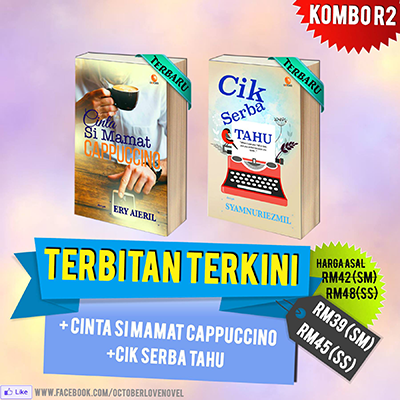
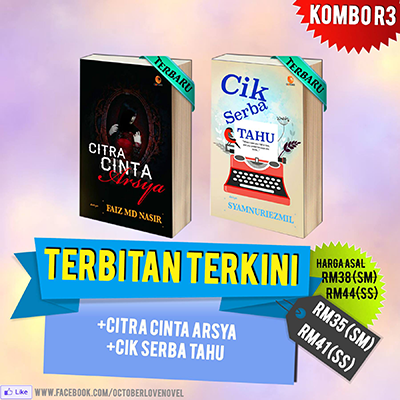
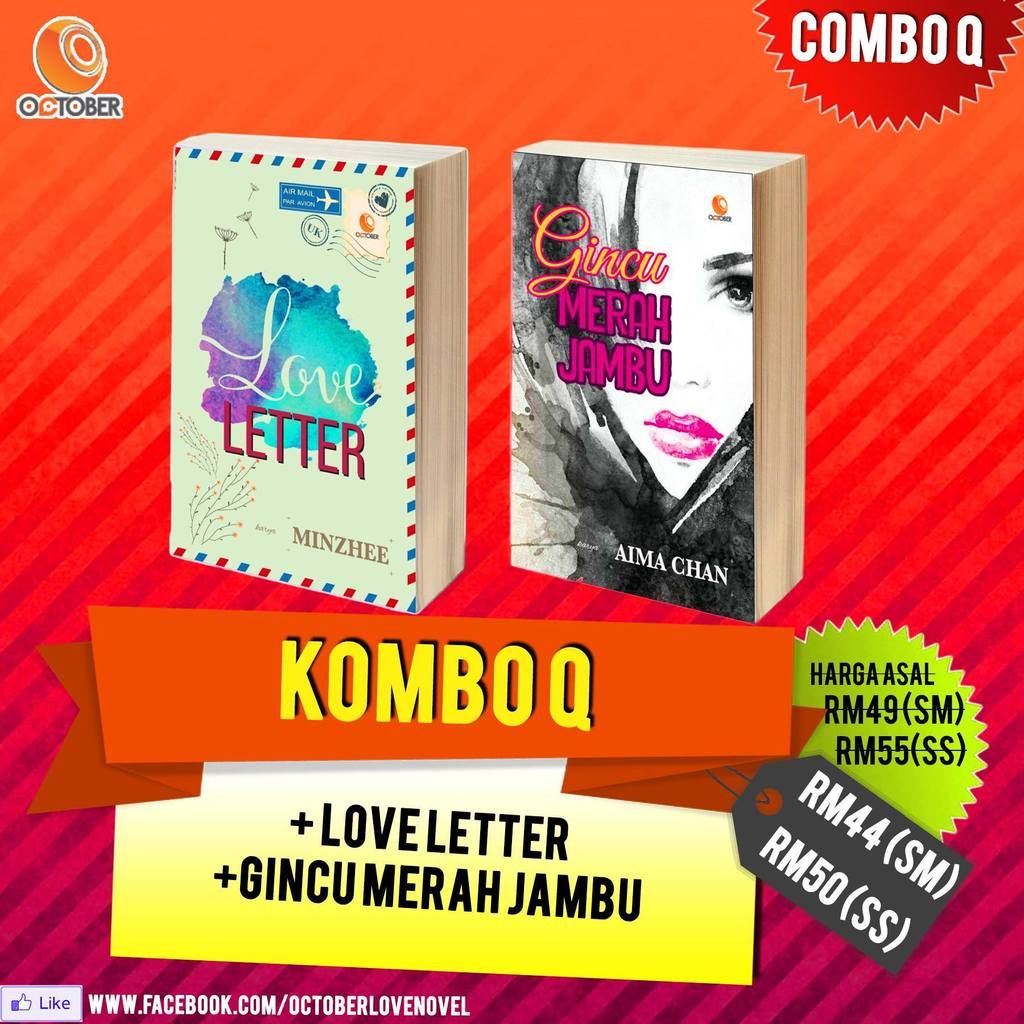

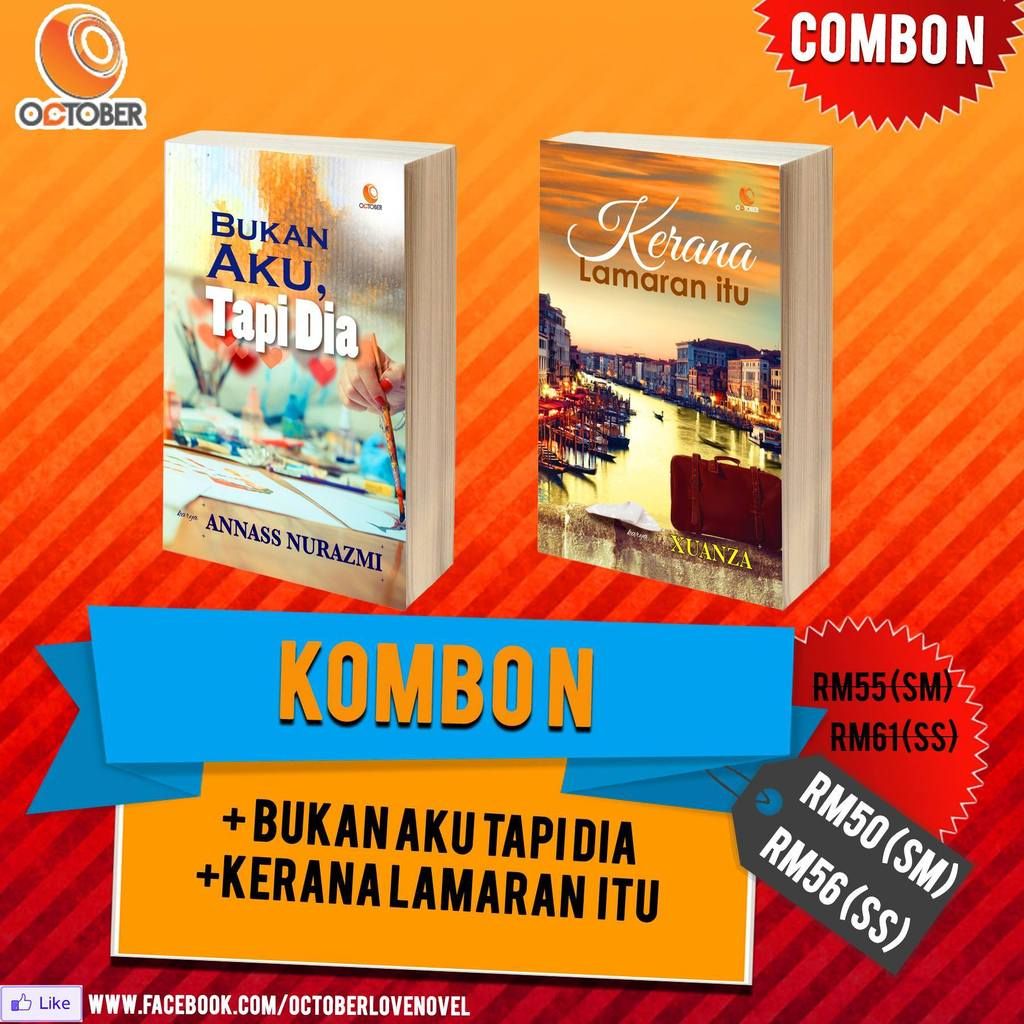



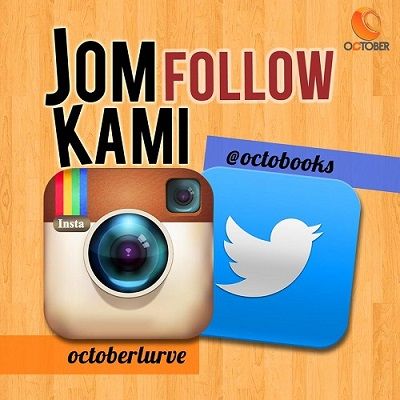







Nice post. Will apply it in daily life.
ReplyDelete